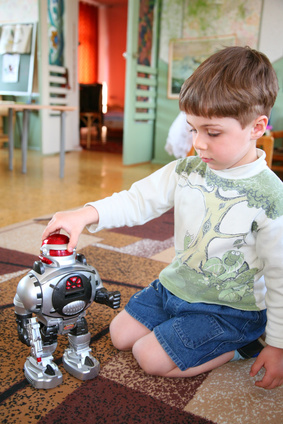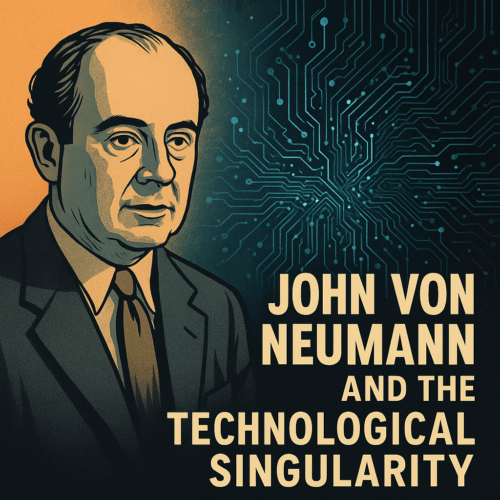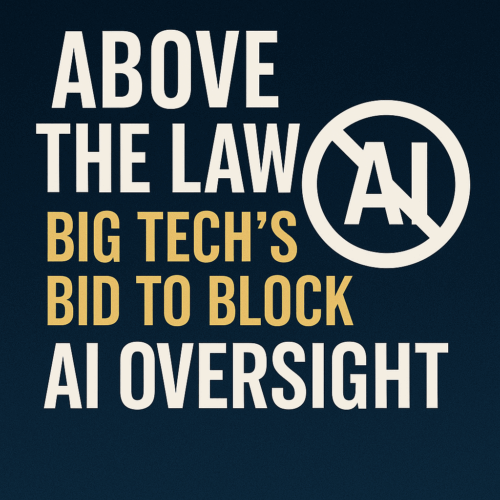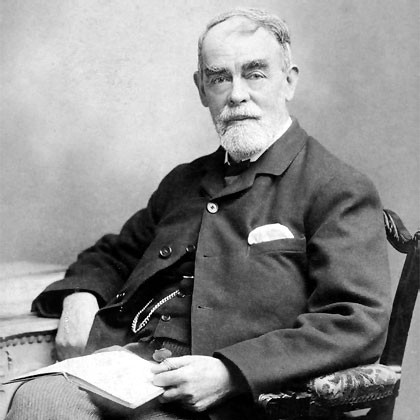Transhumanism for Children

It is often pointed out that Transhumanism shares many features with religion. It answers questions regarding the nature of the world and humanity’s place in it, it offers guidance on how to live, and inspires hope. However, there are a number of important things distinguishing it from a religion, such as the lack of belief in a Deity and its emphasis on the empirical method and reason. Another distinguishing feature relates to the obstacles associated with teaching Transhumanism to children.
Although being religious as an adult entails contemplation of many of life’s more difficult questions, following a religion can and does occur at very young ages. Children are able to contemplate God to some extent, usually via the anthropomorphized metaphor of ‘the father’, they are able to associate simple moral behaviors with ideas of reward and punishment, and they become enthralled in the ‘magic like’ elements of religious miracle.
Are children capable of contemplating Transhumanism?
I arrived at this question after encountering a piece of writing, ‘Children of Freedom,’ by an individual going by the alias Land Pope Black Candy who follows the Transhumanist subculture group, the Cosmists. In the above article, LPBC suggests that a specialized school be created in order to teach Transhumanism to children.
One thing LPBC emphasizes children be taught is how they are beginning a life that will ultimately be very long, if not eternal, by way of radical life extension and the Singularity. He says “first and foremost, they would be told they won’t die naturally which we strongly believe will have a very strong effect on their behavior and thinking processes”.
The topic of Transhumanism in early education is discussed by Mike Treder’s article Transhumanism as Religion, where he shows that raising the question of teaching Transhumanism in school invariably forces the question of whether or not Transhumanism counts as a religion, since if Transhumanists “have something to say about values in addition to vectors”, offering a ‘prescriptive’ approach, rather than just a descriptive approach, then Transhumanism does in some sense ‘go beyond’ science, coming into conflict with U.S. legislation regarding the teaching of religion in the public system.
Regardless of whether or not it could be integrated into the public education system, raising the question of Transhumanism in early education highlights important distinctions between Transhumanism and religion.
There is an intellectual seriousness about Transhumanism in its present form which I think makes it difficult for children to identify with. Although religion and Transhumanism offer some related visions regarding the future, religion has many fairy tale components; it has a ‘mythological’ component, making it more accessible to younger people.
However, claiming that Transhumanism is void of mythology is not entirely true. With the ‘Mondo 2000’ culture of the 1980’s and 90’s, which was heavily influenced by cyber-punk fiction and continues into present time, Transhumanism associated memes showed up in young adult subcultures, such as DIY body hacking, synthetic drug culture and cyber-pagan cultures. Also, some religious organizations such as the Mormon Transhumanist Association, incorporate Transhumanism into established religious mythos, thus adding more ‘story like’ aspects to it.
So there is a kind of a ‘mythology’ associated with Transhumanism, but generally speaking, it’s not one easily accessible or preferred for young children. Perhaps as a belief system it will need some mythology added into it in order to be more accessible to children.
Transhumanism, I think, will likely end up being introduced into the education system and the lives of children slowly, in a kind of ‘self-evident’ way, through the continued advance of science and technology. It’s only a matter of time before advanced human-computer interfaces become a regular part of classrooms, and genetic engineering becomes something performed, at least minimally, at the stage of conception in humans.
The associated ‘mythology’ will come later, sometimes created by children as they encounter these kinds of phenomena and offer their own explanations for them. When children become involved, Transhumanism will change, and creative young minds will likely add new dimensions to the movement, or illuminate aspects we hadn’t noticed before.
I suspect that for now, the association between children and Transhumanism will have to remain in the realm of science fiction, where many of the influential people in this movement became inspired and shaped it into what it is today.
About the Author:
 Nikki Olson is a writer/researcher working on an upcoming book about the Singularity with Dr. Kim Solez, as well as relevant educational material for the Lifeboat Foundation. She has a background in philosophy and sociology, and has been involved extensively in Singularity research for 3 years. You can reach Nikki via email at [email protected].
Nikki Olson is a writer/researcher working on an upcoming book about the Singularity with Dr. Kim Solez, as well as relevant educational material for the Lifeboat Foundation. She has a background in philosophy and sociology, and has been involved extensively in Singularity research for 3 years. You can reach Nikki via email at [email protected].








